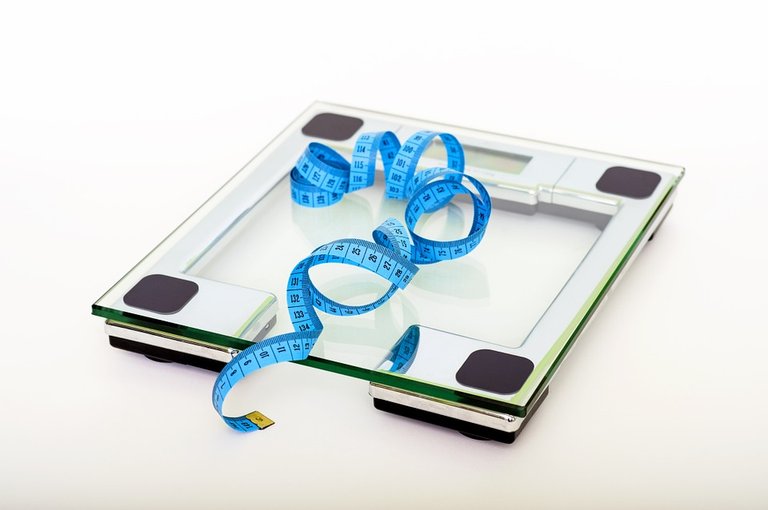
Losing weight and fat is very challenging job now-a-days because of our drastic routines and eating habits. I have quoted below the basic steps to lose fat from famous nutrition book:
If you have successfully assessed your body composition and know that you have some excess body fat to tackle, here we deal with how to lose the fat and keep the muscle.
First, despite what you may have heard, it can be challenging to lose body fat entirely when you lose weight. In fact, for every pound you lose, you will always lose some lean body mass, and that has much to do with how drastically you cut your calories and protein intake and how much body fat you currently have.
However, no matter how slow or how fast you lose weight, some percentage of the weight loss will be nonfat mass. An interesting review of studies showed that you can lose 80 percent nonfat mass when losing weight when you are lean to begin with and attempt to cut calories too drastically. In the best-case scenarios, which have been done with overweight or obese individuals, they can lose a higher percentage of fat mass when they adhere to a diet and exercise program. However, individuals with 10 or 15 percent body fat to start with will lose more than 50 percent fat-free mass when losing weight.
To maximize fat loss, it’s important to take the right steps to lose weight, which is to only moderately cut calories and watch nutrient timing and protein quality in the diet to help spare as much lean tissue as possible.
Most research suggests that a combination of diet and exercise is best for achieving weight loss and keeping it off. However, when it comes to just losing weight, diet is the most effective.
I recommend a combination of diet and exercise, with an emphasis on diet until you reach your goal body composition:
Step One: Calculate Your Calorie Needs:
The first step to losing weight is to determine how many calories you currently eat to sustain your weight. Then, from there, we reduce those calories by 500 to 1,000 calories a day through a combination of diet changes and exercise to promote weight loss.
Step Two: Determine Protein Requirements:
When actively losing weight, it’s best to obtain double the protein requirement of the RDA of .8 gram per kilogram (.36 gram per pound). When losing weight, strive to have 1.6 to 1.8 grams per kilogram or .7 to .8 gram of protein per pound.
Step Three: Determine Carbohydrate Requirements:
Care required to sustain physical activity and your central nervous system. During times of weight loss, it’s okay to reduce carbohydrates to 5 to 6 grams per kilogram from 8 to 10 grams per kilogram or during times of intense training.
Step Four: Determine Fat Requirements:
Once you calculate how much protein and carbohydrates are needed, the remainder of your daily calories should come from fat. In many cases, fat will be less than 20 percent of calories.
Step Five: Include High-Quality Protein (Eggs, Meat,Poultry, Seafood):
Research suggests that the essential amino acids and branched chain amino acids are best for muscle-sparing, protein-stimulating benefits. In addition, protein is satiating, so it helps to keep you fuller longer to help curb your appetite.
Step Six: Don’t Skip Meals:
Some studies have found that when athletes lose weight, the more they can keep energy intake matched to expenditure, the easier it is to lose body fat.
Step Seven: Eat a Healthy, Fiber-Rich Breakfast:
Breakfast eaters have lower BMIs than do morning meal skippers. Research shows that breakfasts that are fiber rich (e.g., oats) may help with fat losses over sugary breakfasts.
Step Eight: Continue to Train:
Both aerobic and strength training offer benefits for optimizing body composition
during times of caloric restriction.
source: The Ultimate Food and Nutrition Guide to Fuel Your Active Life by JULIE UPTON
Please note that this basic training depends on individual BMI and calorie requirements and varies from person to person. Please get medical advice before starting.
image: source
health is wealth,,very preety stuff @munawar1235 ,,r u give any personel traing in anywhere or not ?
Contest Date (July 7 - December 31 2017). Improve your skills by playing the Free 10 Quiz. Play 10 questions for FREE. All participants giving correct answers of ...https://paytm.com/shop/g/deals-store/phone-quiz
This post has received a 3.13 % upvote from @drotto thanks to: @banjo.
From my experiences and recent studies, you need to obtain 2.3 to 3.1 grams of protein per fat free mass and remain in caloric deficit to lose weight and mantain muscle while performing weight training. Ratio of carbs and fat is not important as long as you satisfy those two conditions.
Reference: https://jissn.biomedcentral.com/articles/10.1186/s12970-017-0174-y
Nice post @munawar1235